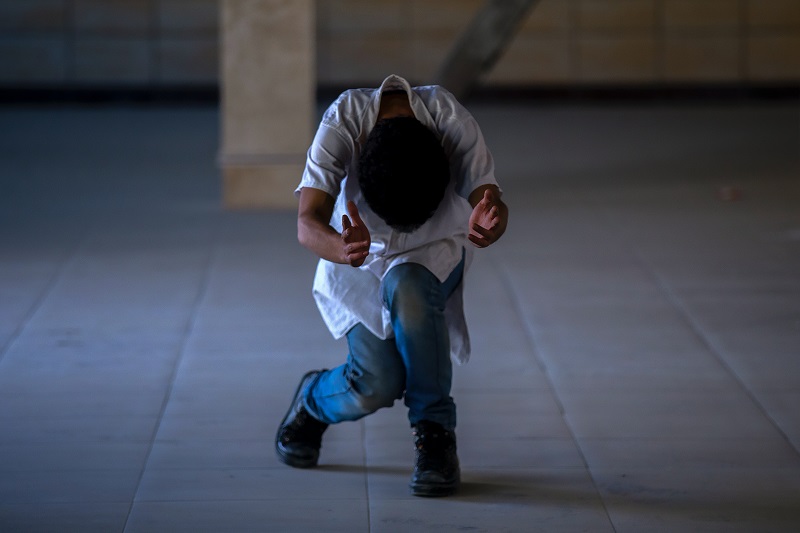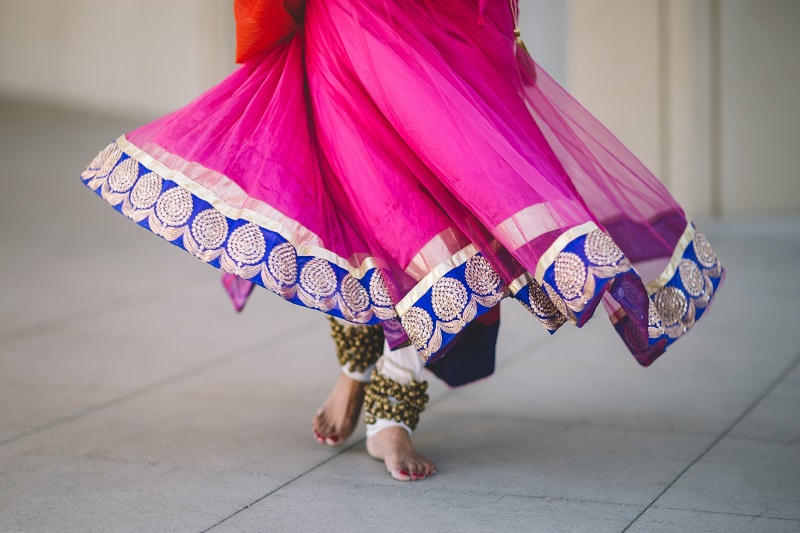Through live performances, artists and audiences share a unique and communal experience that cannot be replicated in other art forms. theatre and performing arts hold a special place in human culture, providing opportunities for creativity, self-expression, and the exploration of complex themes.
Theatre and performing arts also contribute to the economy, tourism, and cultural exchange by attracting audiences, creating job opportunities for artists, and promoting cultural diversity.
Theater:

Theater reflects the artistic spirit, cultural heritage, and social dynamics of each country. It serves as a medium for self-expression, cultural preservation, social commentary, and the exploration of universal human experiences. theater artists continue to create thought-provoking and impactful works, contributing to the vibrant theater landscape both within local and on the global stage.
Iranian theater has a long and rich history, dating back to ancient times with influences from Persian literature, poetry, and performance traditions. Iranian theater encompasses a variety of forms, including traditional, modern, and experimental theater, which reflect the cultural, social, and political landscape of Iran. Also it has a significant diaspora community around the world. Iranian theater artists in countries such as the United States, Europe, and Canada contribute to the global theater scene, infusing their work with Iranian cultural influences while engaging with broader themes and contexts.
Traditional Iranian theater is often rooted in ritualistic and folk performances. It incorporates storytelling, music, dance, and elements of puppetry or masquerade. Traditional forms of theater include "Ta'zieh," a dramatic reenactment of religious events, and "Siah-Bazi," a form of traditional Iranian puppetry.
In the modern era, Iranian theater has evolved with the introduction of Western theatrical techniques and forms. The 20th century witnessed the emergence of more Western-style plays, influenced by realism, social commentary, and experimentation. Playwrights such as Bahram Beyzai, Sadegh Hedayat, and Bijan Mofid have made significant contributions to Iranian theater.
We believe that supporting theater groups is a valuable way to contribute to the arts community and help promote the growth and sustainability of local theater. We will Invite and promote theater group for performance in our events and encourage and motivate the performers and production team by give them assistance with various tasks such as prepairing stage and location, ticket sales, marketing or backstage support.
Dance Performance:

Iranian dance encompasses a rich tradition of diverse and culturally significant dance forms that have developed throughout the history of Iran. These dances reflect the country's diverse ethnic and regional heritage and are deeply intertwined with its culture, music, and rituals.
There are several notable Iranian dance styles, each with its own unique characteristics:
Persian Classical Dance: Also known as "Raqs-e Estehdad" or "Classical Persian Ballet," this style draws inspiration from Persian literature, poetry, and miniature paintings. It emphasizes grace, fluidity, and storytelling through expressive movements and gestures.
Persian Folk Dances: Iran has a wide range of folk dances that vary across different regions. These dances often have a social and celebratory nature, performed at weddings, festivals, and cultural events. Some popular folk dances include "Chubi," "Kurdish dance," "Luri dance," and "Bandari dance."
Sufi Whirling: Known as "Sama" or "Raghs-e Chovqan," Sufi whirling is a spiritual practice associated with the mystical Sufi tradition in Iran. It involves spinning in repetitive circular movements, symbolizing the seeker's journey towards spiritual enlightenment.
Contemporary: In recent years, there has been a growing interest in Iranian dance as a form of artistic expression and cultural celebration. Contemporary Iranian dance artists are blending traditional elements with modern choreography, exploring new themes, and pushing boundaries within the context of their cultural heritage.
As you may know,due to cultural and religious considerations, public performances of dance in Iran have faced certain restrictions in recent decades, thats why we try to be an stage for Iranian dancers to continues and express and preserve their cultural heritagei in our cultural events. we want to show to world that Iranian dance artistis are a true representative of diversity, beauty, and cultural richness of Iran.

